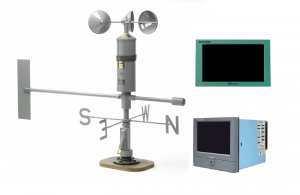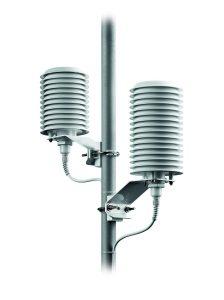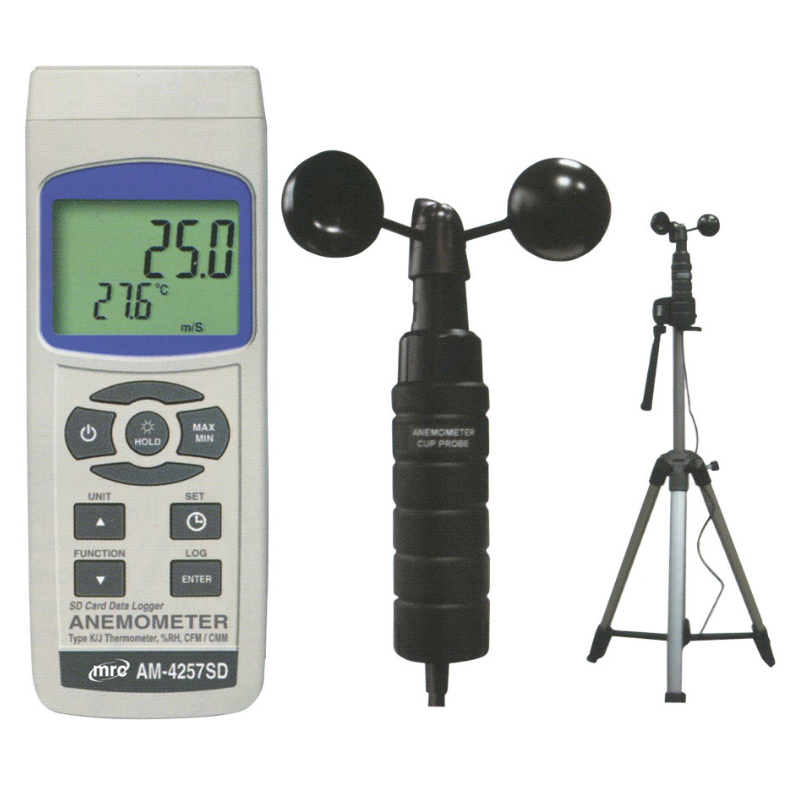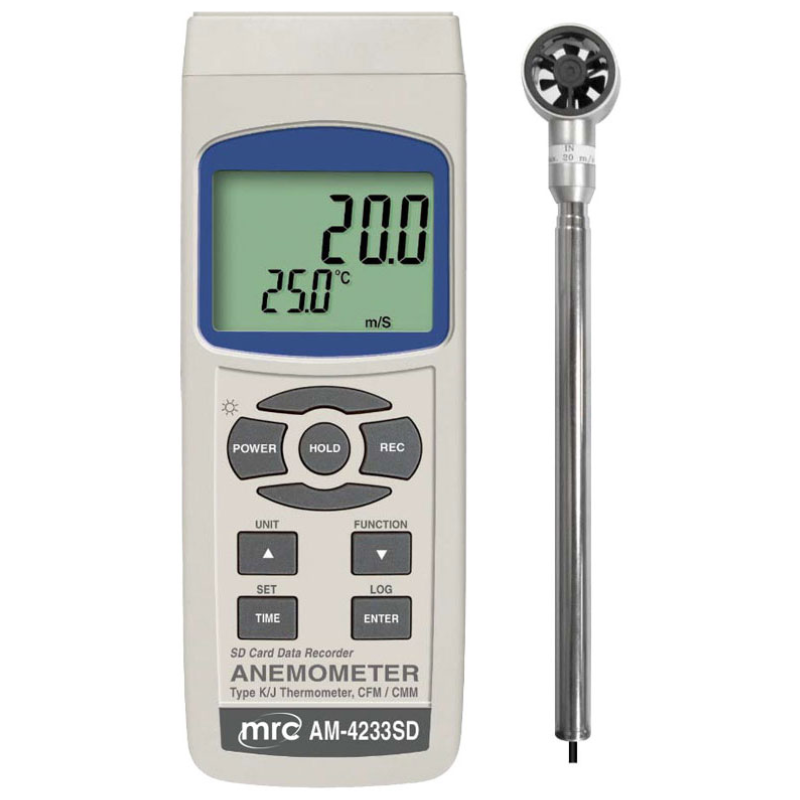Weather stations are important in aviation, providing crucial meteorological data essential for safe flight operations. Pilots rely heavily on accurate weather information to make informed decisions before takeoff, during flight, and upon landing.
Weather Station for Aviation
Weather conditions significantly impact aviation operations, influencing flight routes, altitude, speed, and landing procedures. Access to real-time weather data helps pilots anticipate and navigate through adverse conditions, reducing the risk of accidents and ensuring passenger safety.
What provides weather stations
Weather stations for aviation consist of various components, including sophisticated sensors, data transmission systems, and advanced data analysis software. These components work synergistically to gather, process, and disseminate meteorological information to aviation authorities and pilots. Weather stations collect a wide range of meteorological data, including temperature, humidity, wind speed, and atmospheric pressure. This data is transmitted in real-time to aviation authorities and pilots, enabling timely decision-making and operational adjustments based on current weather conditions. The integration of weather stations into aviation infrastructure offers numerous benefits, including enhanced safety measures, improved operational efficiency, and valuable decision-making support for pilots and air traffic controllers.

How do weather stations help pilots?
Weather stations provide pilots with real-time meteorological data, enabling them to make informed decisions regarding flight routes, altitude adjustments, and landing procedures based on current weather conditions.
Application of Weather Station for Aviation
- Pre-flight Planning: Pilots and aviation personnel rely on weather station data to assess current and forecasted weather conditions along planned flight routes. This information helps them identify potential hazards such as thunderstorms, turbulence, icing, and fog, allowing for informed decisions regarding flight planning and scheduling.
- Flight Operations: During flight, pilots continuously monitor weather conditions provided by weather stations to adjust their altitude, speed, and route as necessary. Real-time weather updates enable pilots to navigate around adverse weather phenomena and ensure a smooth and safe journey for passengers and crew.
- Airport Operations: Weather stations installed at airports provide critical meteorological data to air traffic controllers, ground crews, and airport authorities. This information is essential for managing takeoffs, landings, ground operations, and runway maintenance activities in accordance with prevailing weather conditions.
- Emergency Management: Weather stations play a crucial role in emergency management and response efforts during severe weather events or natural disasters. Aviation authorities use weather data to assess the impact of adverse weather conditions on flight operations and implement appropriate safety measures to protect aircraft, passengers, and personnel.
- Forecasting and Analysis: Meteorological data collected by weather stations is analyzed and processed to generate weather forecasts, trends, and patterns relevant to aviation. Forecasting models help predict changes in weather conditions, enabling pilots and aviation stakeholders to anticipate and prepare for potential disruptions or challenges.
- Research and Development: Weather stations contribute valuable data to ongoing research and development efforts aimed at improving aviation safety, efficiency, and sustainability. Researchers utilize weather data to study atmospheric phenomena, climate patterns, and weather-related risks to enhance aviation technologies, procedures, and practices.
- Training and Education: Weather stations serve as educational tools for pilots, air traffic controllers, and aviation professionals undergoing training or certification programs. Access to real-time weather data allows trainees to familiarize themselves with weather-related concepts, procedures, and decision-making processes essential for safe and effective flight operations.
- Regulatory Compliance: Aviation regulations mandate the use of weather stations and adherence to specific weather-related protocols to ensure compliance with safety standards and regulatory requirements. Airlines, airports, and aviation service providers must demonstrate compliance with established weather monitoring and reporting procedures to maintain operational integrity and passenger safety.
CONTACT US







